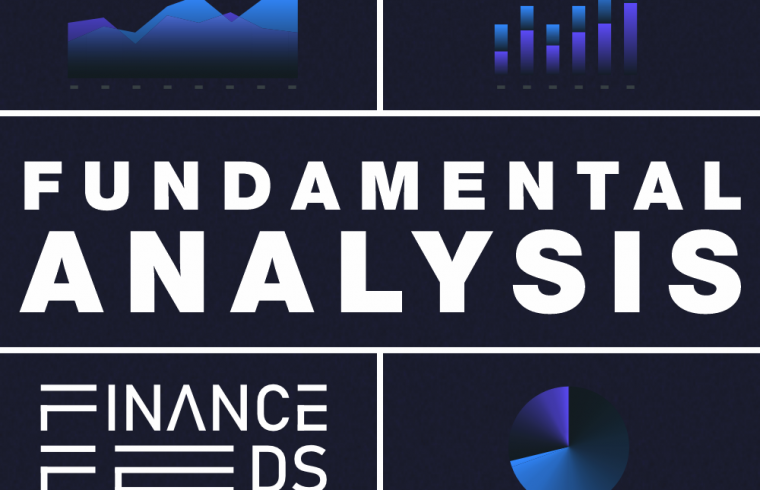The Fed’s hawkish stance on interest rates is strengthening the US dollar while central banks globally grapple with inflation and economic growth.
Federal Reserve Policy and US Dollar Strength
The US Dollar is rising due to hawkish comments by Federal Reserve Chair Jerome Powell. Powell indicated the Fed may need to keep interest rates high for longer than expected to control inflation. This hawkish stance is attracting investors to the US Dollar, seen as a safe haven asset during economic uncertainty.The US Dollar Index (DXY) is at a five-month high, reflecting the strength of the US Dollar against other major currencies.
Geopolitical Tensions and Oil Prices
Rising geopolitical tensions in the Middle East, particularly between Israel and Iran, are supporting oil prices. The potential for disruption to oil supplies is causing investors to buy oil, pushing prices higher. However, the prospect of higher interest rates is putting downward pressure on oil prices as it could slow economic growth and reduce demand for oil.This is creating a counterbalance between the positive and negative factors affecting oil prices.
Central Bank Rate Decisions and Global Growth
Central banks around the world are facing a difficult decision of whether to raise or lower interest rates. The Federal Reserve is expected to keep rates high, while the European Central Bank (ECB) is expected to start cutting rates in June. This difference in monetary policy could lead to a weaker Euro relative to the US Dollar. The global economy is facing headwinds from high inflation and rising interest rates, which could slow growth. Central banks need to balance the need to control inflation with the need to support economic growth.
Economic Highlights:
Absolutely, that’s the format I can use! Here’s the information on the high-impact news releases presented in the same way:
- Employment Change s.a. (Australia) & Unemployment Rate s.a. (Australia) (Thursday, April 18th, 2024, at 01:30:00)
- Source: Australian Bureau of Statistics (ABS)
- Data:
- Employment Change (seasonally adjusted): Measures the net change in the number of employed people in Australia over the past month.
- Unemployment Rate (seasonally adjusted): The percentage of the Australian workforce actively looking for a job but not currently employed.
- Impact: Indicates the health of the Australian labor market.
- Positive Employment Change and lower Unemployment Rate suggest job growth and a tighter labor market.
- Negative Employment Change and higher Unemployment Rate suggest job losses and a weaker labor market.
- Retail Sales (MoM) (UK) (Thursday, April 18th, 2024, at 06:00:00)
- Source: Office for National Statistics (ONS), UK
- Data: Month-over-month change in the total value of retail sales in the UK.
- Impact: Key indicator of consumer spending, a major driver of economic growth.
- Positive number suggests an increase in spending.
- Negative number suggests a decrease in spending.
- Initial Jobless Claims (US) (Thursday, April 18th, 2024, at 12:30:00)
- Source:S. Department of Labor
- Data: Weekly report on the number of new claims for unemployment benefits filed for the first time during the previous week.
- Impact: Crucial indicator of the U.S. labor market health.
- Rising number of claims suggests an increase in layoffs and a weakening job market.
- Falling number of claims indicates a strengthening job market.
- Existing Home Sales Change (MoM) (US) (Thursday, April 18th, 2024, at 14:00:00)
- Source: National Association of Realtors (NAR)
- Data: Month-over-month change in the seasonally adjusted number of existing single-family homes sold in the United States.
- Impact: Provides insights into the health of the U.S. housing market.
- Positive number signifies an increase in existing home sales.
- Negative number suggests a decrease in existing home sales.
The subject matter and the content of this article are solely the views of the author. FinanceFeeds does not bear any legal responsibility for the content of this article and they do not reflect the viewpoint of FinanceFeeds or its editorial staff.
The information does not constitute advice or a recommendation on any course of action and does not take into account your personal circumstances, financial situation, or individual needs. We strongly recommend you seek independent professional advice or conduct your own independent research before acting upon any information contained in this article.












